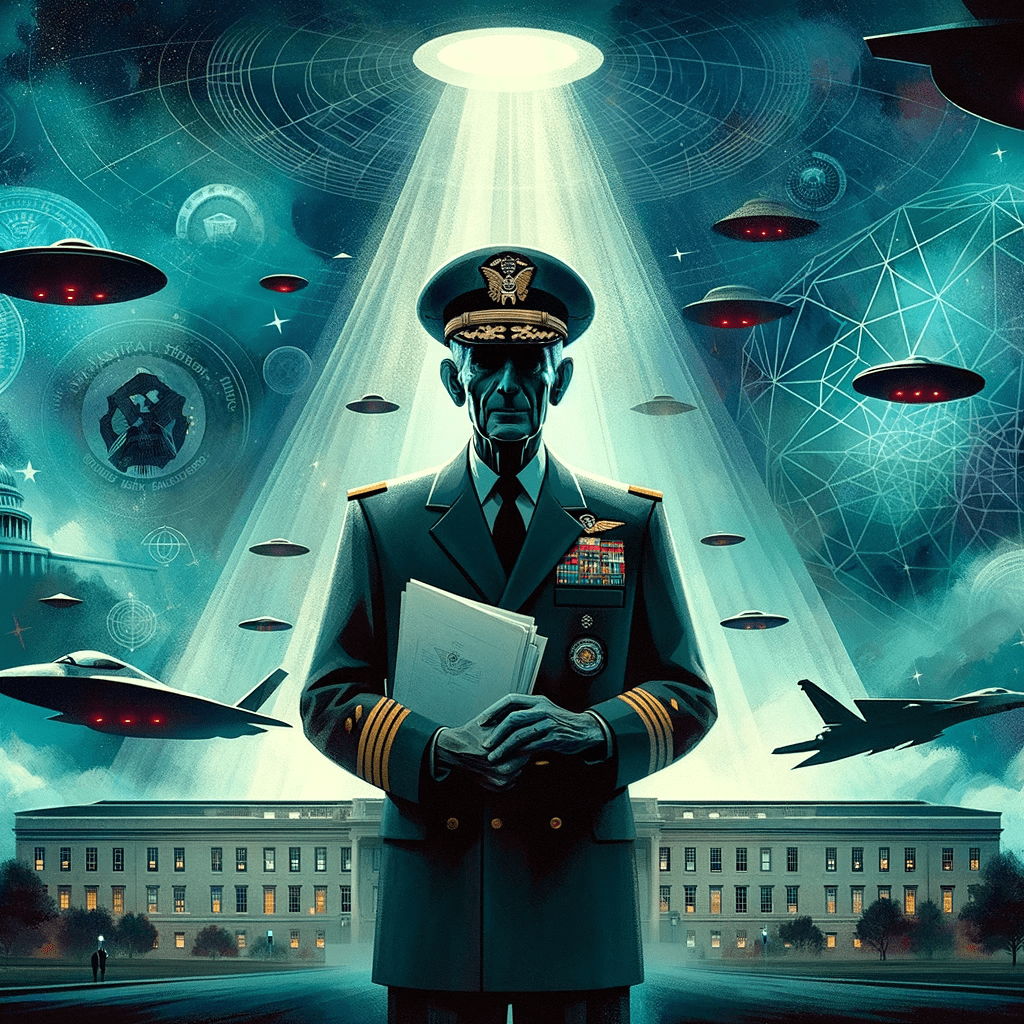Bob R. Inman

Bob R. Inman is a retired United States Navy admiral who is best known for his work in national security and intelligence. Born in 1931 in Rhonesboro, Texas, Inman grew up in the small town of Rhonesboro and went on to attend the University of Texas at Austin, where he received a Bachelor of Business Administration degree in 1950. After completing his undergraduate studies, Inman joined the United States Navy and served as a cryptologic officer during the Korean War.
Inman’s military career spanned more than three decades, during which he held a variety of high-level positions in the U.S. government and military. He served as the director of naval intelligence and as the vice director of the Defense Intelligence Agency (DIA), where he was responsible for overseeing the military’s intelligence-gathering activities. In 1977, Inman was appointed by President Jimmy Carter to serve as the deputy director of the Central Intelligence Agency (CIA), where he worked closely with the agency’s director, Stansfield Turner, to reform and modernize the CIA.
In 1979, Inman was appointed by President Carter to serve as the director of the National Security Agency (NSA), a position he held until 1981. During his tenure at the NSA, Inman oversaw the agency’s efforts to collect and analyze intelligence on foreign governments and terrorist organizations, and he played a key role in the development of the NSA’s satellite-based surveillance system.
In recent years, Inman has become a prominent figure in discussions about unidentified aerial phenomena (UAP) and unidentified flying objects (UFOs). In an interview with the Austin American-Statesman in 2020, Inman expressed his belief that there is “something out there” that is beyond our current understanding of science, and he called for greater government transparency and collaboration on the issue. Inman has also spoken publicly about the need for scientists and experts from different fields to work together to better understand these phenomena.
Bob Oechsler, a former NASA mission specialist and UFO researcher, claimed to have had a conversation with Admiral Bobby Ray Inman, in which Inman allegedly informed him that the US government had possession of technology of non-human origin. In a recorded telephone conversation, Oechsler asked if any of the recovered vehicles would ever become available for technological research outside of military circles. Admiral Inman replied that while ten years ago the answer would have been no, there was a possibility that the government was becoming more open about it.
Here are facts about Bob R. Inman:
- Inman was awarded the National Security Medal by President Ronald Reagan in 1981 for his contributions to national security and intelligence. Source: The White House, “President Reagan Awards Admiral Bobby R. Inman the National Security Medal,” accessed March 9, 2023.
- Inman is a member of the Council on Foreign Relations, a nonpartisan think tank that promotes understanding of foreign policy and international affairs. Source: Council on Foreign Relations, “Bobby R. Inman,” accessed March 9, 2023.
- Inman has served on the boards of directors for several major corporations, including SBC Communications, Dell, and Lockheed Martin. Source: LBJ School of Public Affairs, “Admiral Bobby R. Inman,” accessed March 9, 2023.
In addition to his work in government and national security, Inman has also been involved in academia and has authored or co-authored several books on national security policy and intelligence. These books include “Strategic Intelligence: Windows into a Secret World” (2005) and “Crunch Time: How to Be Your Best When It Matters Most” (2017).
In addition to his notable career in national security and intelligence, Admiral Bobby Ray Inman has played a significant role in promoting greater understanding and transparency surrounding unidentified aerial phenomena (UAP) and unidentified flying objects (UFOs). His call for increased government openness and collaboration on the issue has resonated with researchers, experts, and the general public alike. He emphasizes the importance of interdisciplinary cooperation among scientists and experts from various fields to better comprehend these mysterious phenomena.
Admiral Inman’s involvement in the discussion of UAPs and UFOs has contributed to the growing interest in understanding these phenomena, as well as the potential implications they may have for national security, technology, and our understanding of the universe. His distinguished career and credibility in the field of national security have lent weight to these conversations and encouraged further exploration.
As the public becomes more aware of the potential existence of UAPs and UFOs, it is essential to continue fostering collaboration among experts and advocating for transparency from government agencies. This will allow for a more comprehensive understanding of these phenomena and enable us to address any potential challenges they may present. In this endeavor, figures like Admiral Inman play a crucial role in bridging the gap between the government, scientific community, and the general public.

